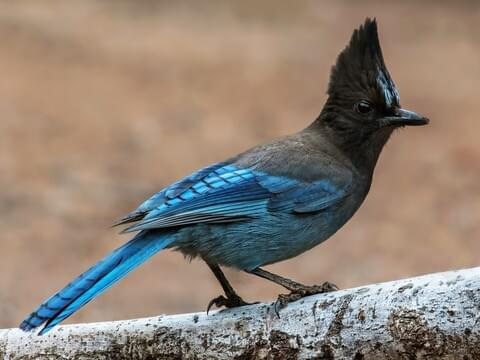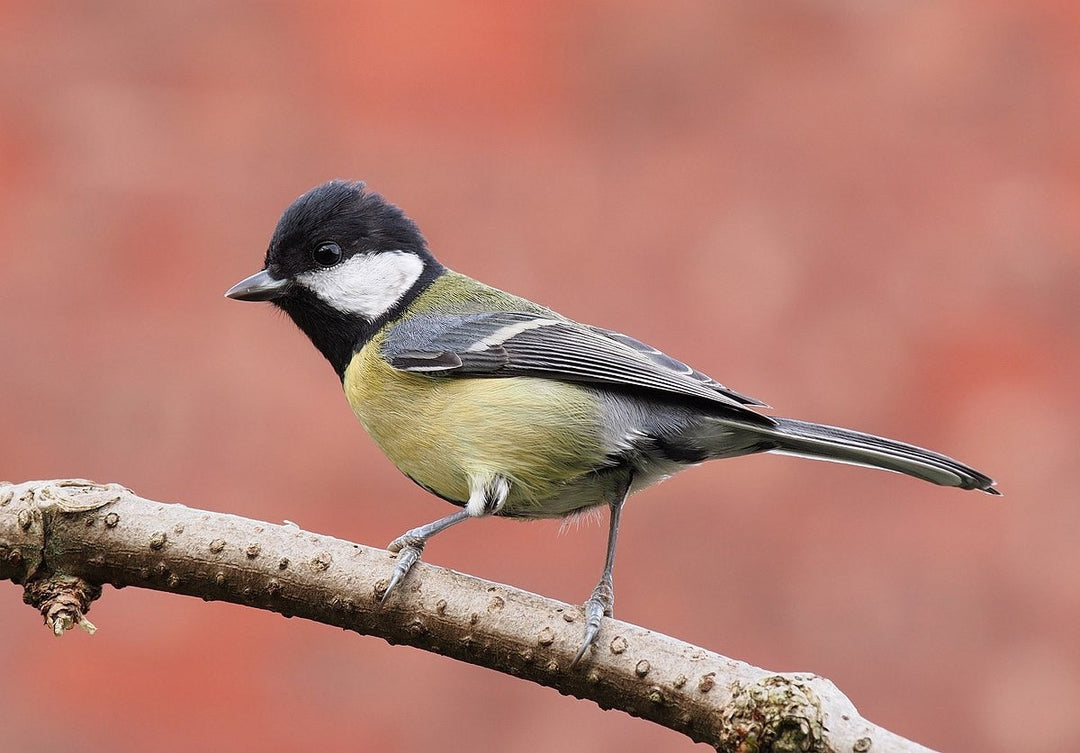Bird Introduction-Steller's Jay

Bird Introduction-Steller's Jay
Steller's Jay is a bird native to western North America and the mountains of Central America, closely related to the Blue Jay found in eastern North America.
A common bird of western forests. Steller's Jay is most numerous in dense coniferous woods of the mountains and the northwest coast, where its dark colors blend in well in the shadows. Except when nesting, it lives in flocks, and the birds will often fly across a clearing one at a time, in single file, giving their low shook-shook calls as they swoop up to perch in a tall pine.
Scientific Name: Cyanocitta stelleri
Lifespan: 16.1 years (wild)
Size: 12-13 inches
Weight: 3.5-4.9 ounces
Wingspan: 17.7-18.9 inches
A large, dark jay of evergreen forests in the mountainous West. Steller’s Jays are common in forest wildernesses but are also fixtures of campgrounds, parklands, and backyards, where they are quick to spy bird feeders as well as unattended picnic items.
Steller’s Jays are birds of coniferous and coniferous-deciduous forests. In the southwestern U.S. and Mexico, they also live in arid pine-oak woodland. You’ll typically find them at elevations of 3,000-10,000 feet, and lower down in the evergreen forests of the Pacific coastal foothills.
To attract Steller’s Jays to your feeders, put out peanuts or other large seeds and nuts as well as suet. If you see jays hogging your feeders and taking large numbers of seeds, they may be carrying some away to store in a cache to help them get through the winter.
Steller's jays breed in monogamous pairs. The clutch is usually incubated entirely by the female for about 16 days. The male feeds the female during this time. Though they are known to be loud both day and night, during nesting they are quiet in order to not attract attention.
The nest is usually in a conifer but is sometimes built in a hollow in a tree or beneath the awning of a house or other structure. Similar in construction to the blue jay's nest, it tends to be a bit larger (25 to 43 cm (9.8 to 16.9 in)), using a number of natural materials or scavenged trash, often mixed with mud. Between two and six eggs are laid during the breeding season. The eggs are oval in shape with a somewhat glossy surface. The background color of the eggshell tends to be pale variations of greenish-blue with brown- or olive-colored speckles.





Leave a comment